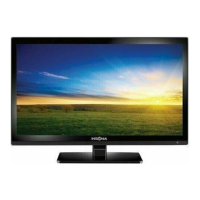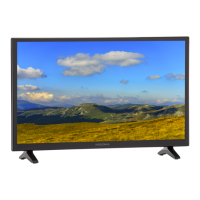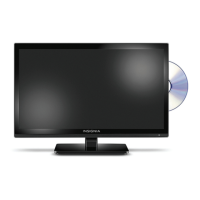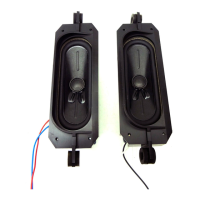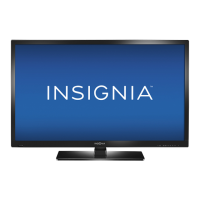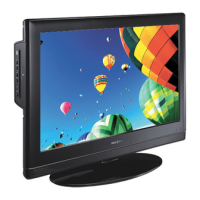Why is my Insignia TV DVD Combo remote control not working?
- LLori StrongAug 17, 2025
If your Insignia TV DVD Combo remote control isn't working, ensure the power cord is correctly connected to the TV and a power outlet. Also, make sure there are no obstructions between the remote and the sensor on the TV's front. Point the remote directly at the sensor. Verify that you've removed all plastic wrapping from the batteries and that the batteries are correctly installed. If the issue persists, replace the batteries with new ones.
